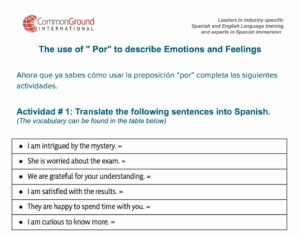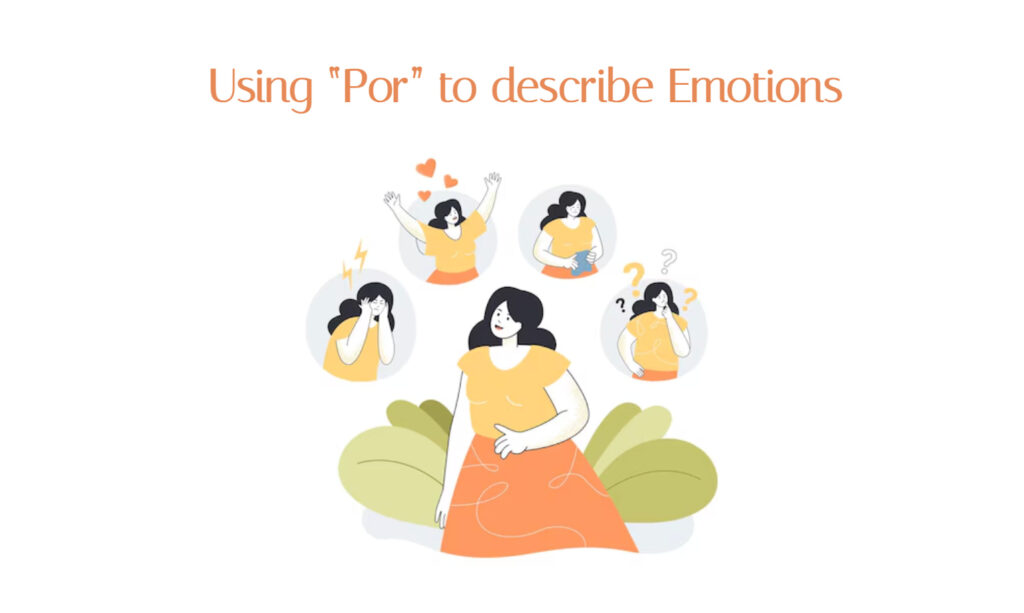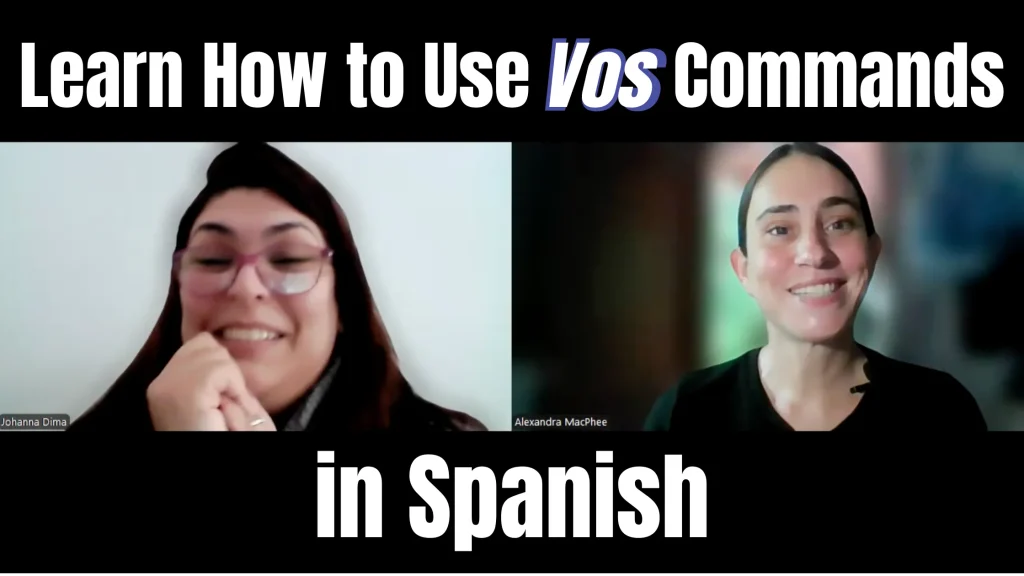Figuring out when to use “por” vs. “para” is one of the trickiest parts of learning Spanish. Why? Because both are often translated as “for” in English, which can be very confusing. But don’t worry, we’re here to help clear things up!
In English, prepositions like “for” and “by” sometimes capture the meaning of “por” and “para,” but they don’t fully express the nuances of each of those words, and this can make it hard to distinguish which one to use. But here’s the good news: with a few tips and some practice, you can get the hang of it.
In this 5 minute quick tip lesson, you are going to learn one specific use for “por” that you can always rely on: expressing emotions and feelings.
Whenever we talk about the feelings and emotions we have for or about someone or something, we use “por.”
That’s it! Easy, right? Let’s look at some examples:
- Estoy agradecido por tu ayuda. – I am grateful for your help.
- Siento amor por mi familia. – I feel love for my family.
- Estamos preocupados por su salud. – We are worried about his health.
- Estoy feliz por tu éxito. – I am happy for your success.
- Está emocionado por el viaje. – He’s excited about the trip.
See how “por” connects the emotion to its cause? This simple rule can help you communicate your feelings clearly and correctly in Spanish.
So next time you’re expressing your emotions in Spanish, remember to use “por.” With this tip in mind, you’re already one step closer to mastering “por” and “para”!
Watch this mini lesson to see more examples and start using this correct use of Por Today.
Do you want more practice?
Now, it’s your turn to test your understanding of this specific use of POR. Download this practice worksheet👇

Practice using POR; respond to these questions en los comentarios: 👇
¿Por quién de tus familiares o amigos estás emocionado/a?
What have they done or accomplished that makes you feel good?
Want to learn more uses of Por vs. Para? Check out these blog posts where you can learn other uses





